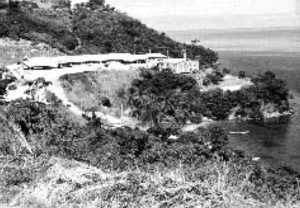
Ten years of breeding at Aquamarina de la Costa in Venezuela
The farm operations and hatchery at Aquamarina de la Costa in Venezuela are based on broodstock and larvae of the species Litopenaeus vannamei.
New molecular biology technologies are complex and expensive but also strongly recommended for any genetic selection program in aquaculture.

The farm operations and hatchery at Aquamarina de la Costa in Venezuela are based on broodstock and larvae of the species Litopenaeus vannamei.
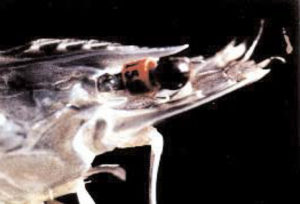
Critical to the success of genetic improvement and the breeding program at OI is the use of specific pathogen free (SPF) shrimp stocks.
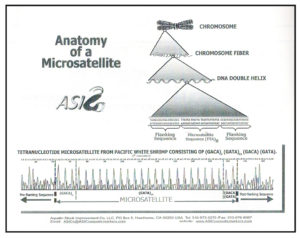
Use of microsatellites is one of many marker approaches, but has proven to be the tool of choice across all commercial agriculture sectors.
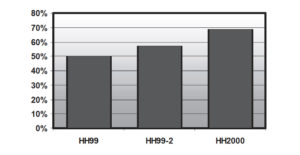
A selective breeding program to develop TSV-resistant shrimp aimed to minimize risk of disease and maximize profits.
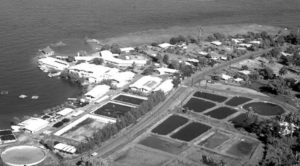
Genetic improvement for growth and resistance to disease can be an efficient way for the shrimp to become more competitive and reliable.
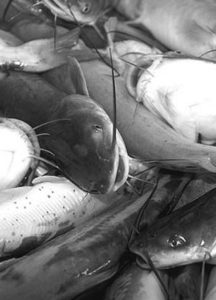
The potential for genetic improvement in channel catfish should be compared to improvements in the poultry, beef and swine industries.
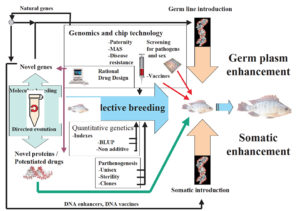
Bioinformatics, a true hybrid between molecular and computer sciences, changes the rules of both breeding and medicine with a novel approach.
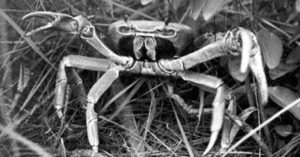
White Spot Syndrome Virus (WSSV) is a virulent pathogen that is threatening shrimp farming industries worldwide.
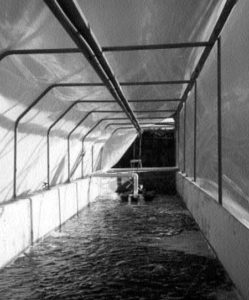
With advanced bio-secure shrimp farming technologies, the industry will be able to expand with greater control against the spread of disease.
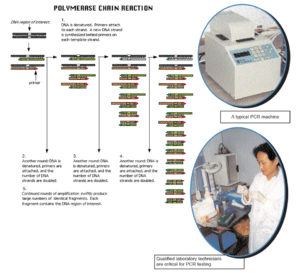
Polymerase chain reaction (PCR) is a molecular biology technique that amplifies the number of copies of a specific region of DNA to produce enough to be tested.